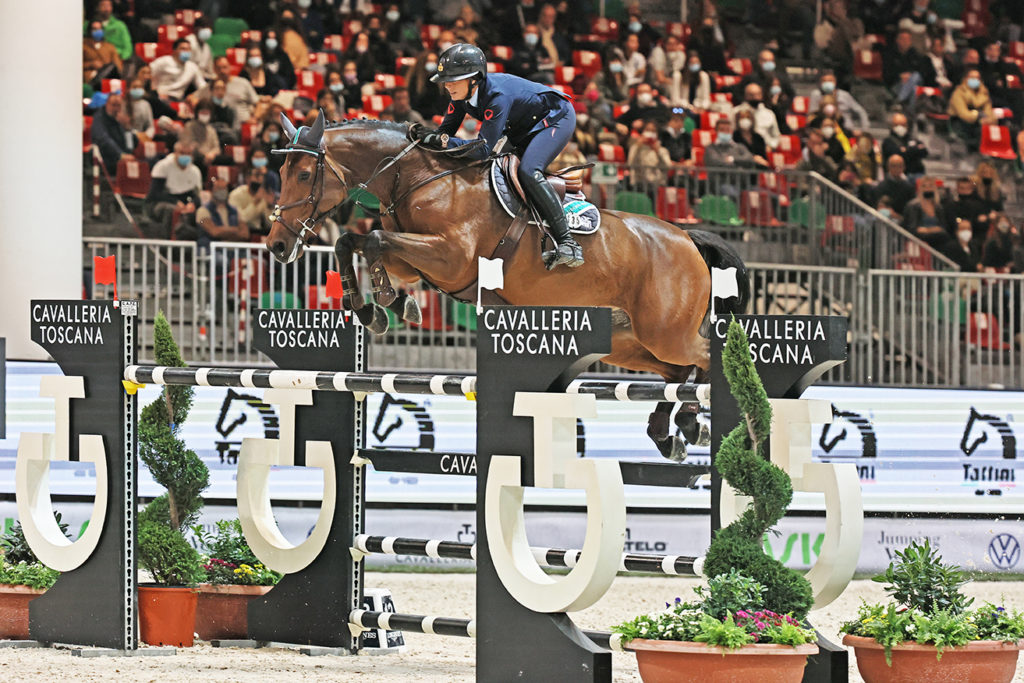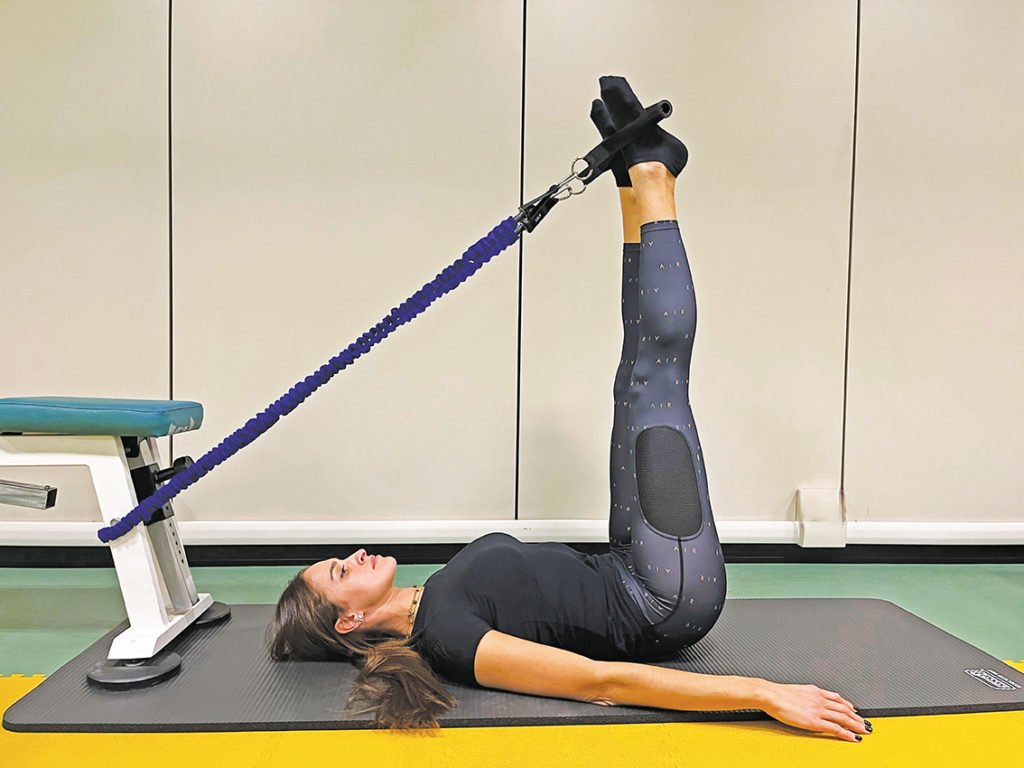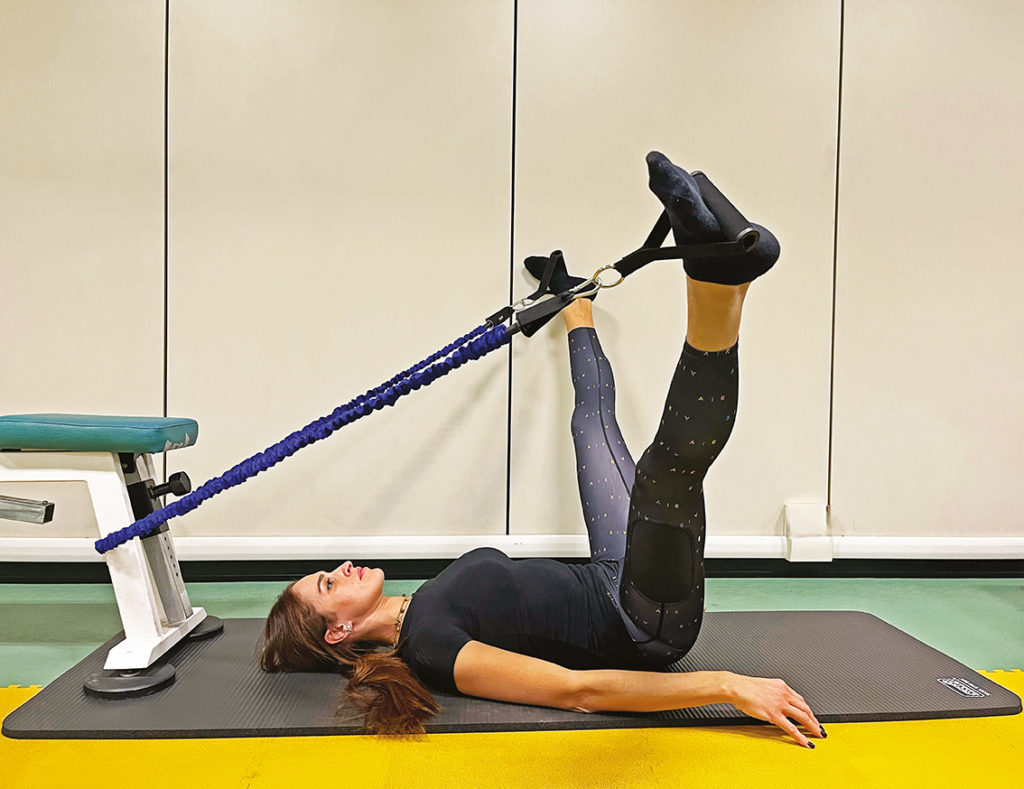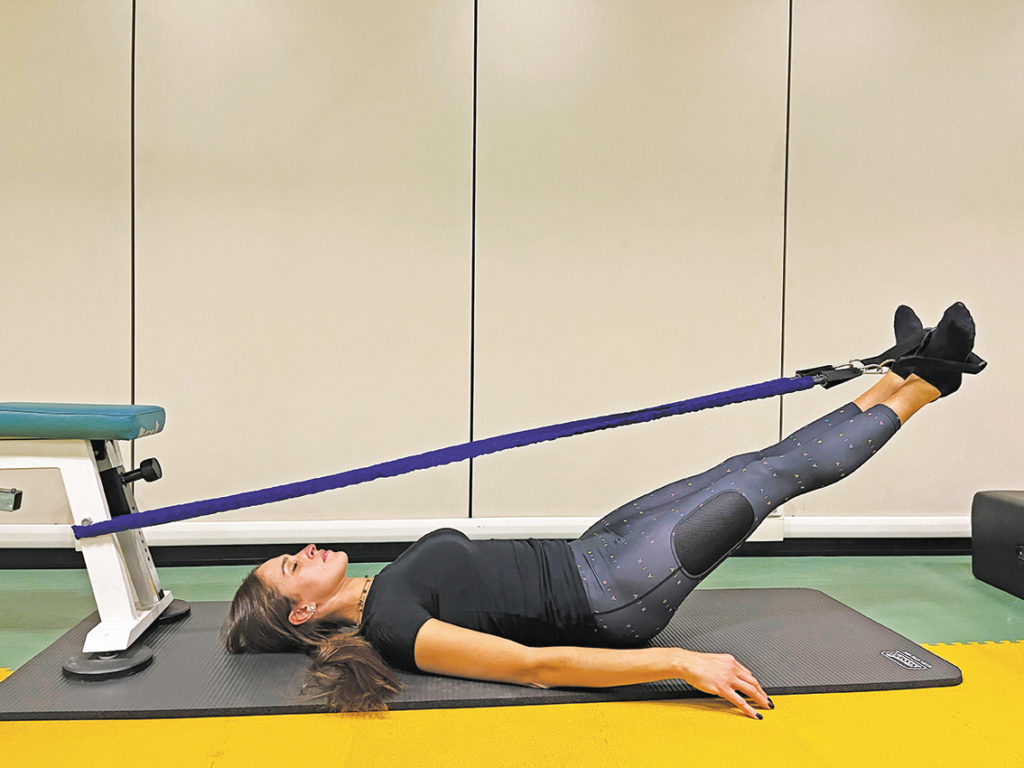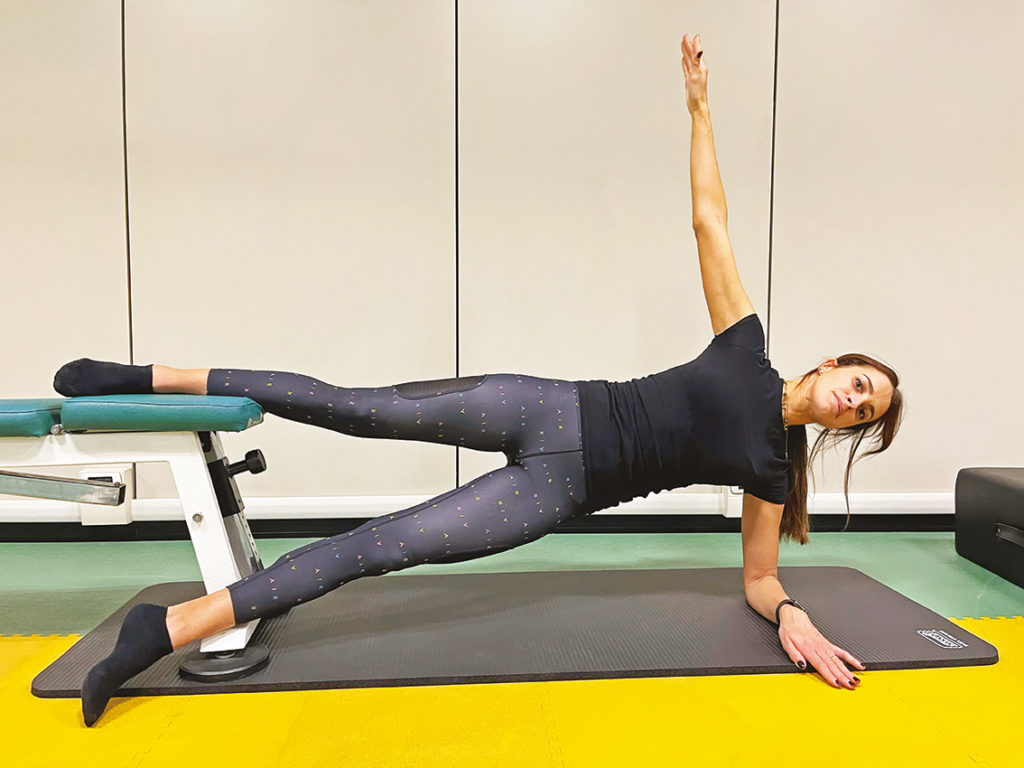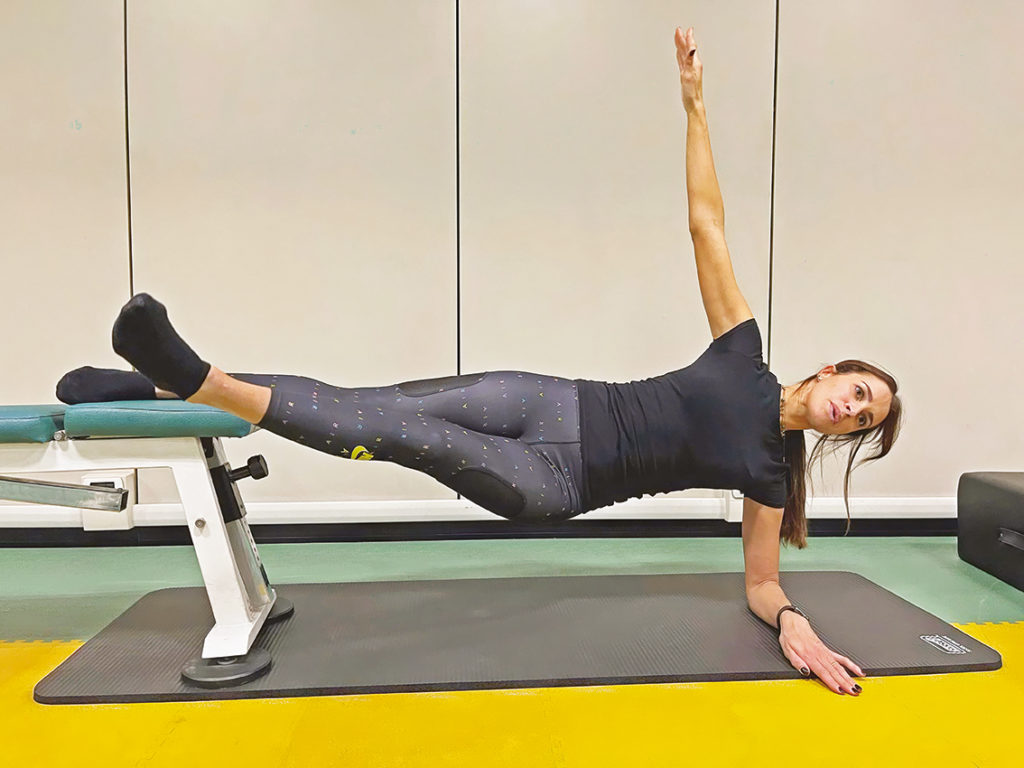An athlete-riders’ weak point
The various equestrian disciplines require athlete-riders to adapt and change their seat to be in harmony with the horse at different paces and during specific technical movements. ‘Being in the saddle’ however is common to all disciplines and the flexibility and stability with which each rider does so also depends a great deal on a group of muscles called the ‘hip adductors’; hence those commonly called ‘inner thigh muscles.’
This group of muscles is needed to push the femur into the hip joint, i.e. to move the knee inwards, a movement that allows one to keep the leg ‘close’ to the horse’s rib cage. These muscles are therefore exposed to high levels of stress in riding and are often the cause of pain or injury in both professional and amateur riders. Such problems often arise due to trauma occurring when landing after a jump, or when a horse suddenly shies or trips up, but are also often the result of factors such as inadequate warming up before getting onto a horse, a lack of training and muscular elasticity (due to a lack of stretching) as well as motions that expose the muscles to excessive movement. In the following pictures, Alessandra La Noce, Giulia Martinengo Marquet’s trainer, shows us the useful exercises.
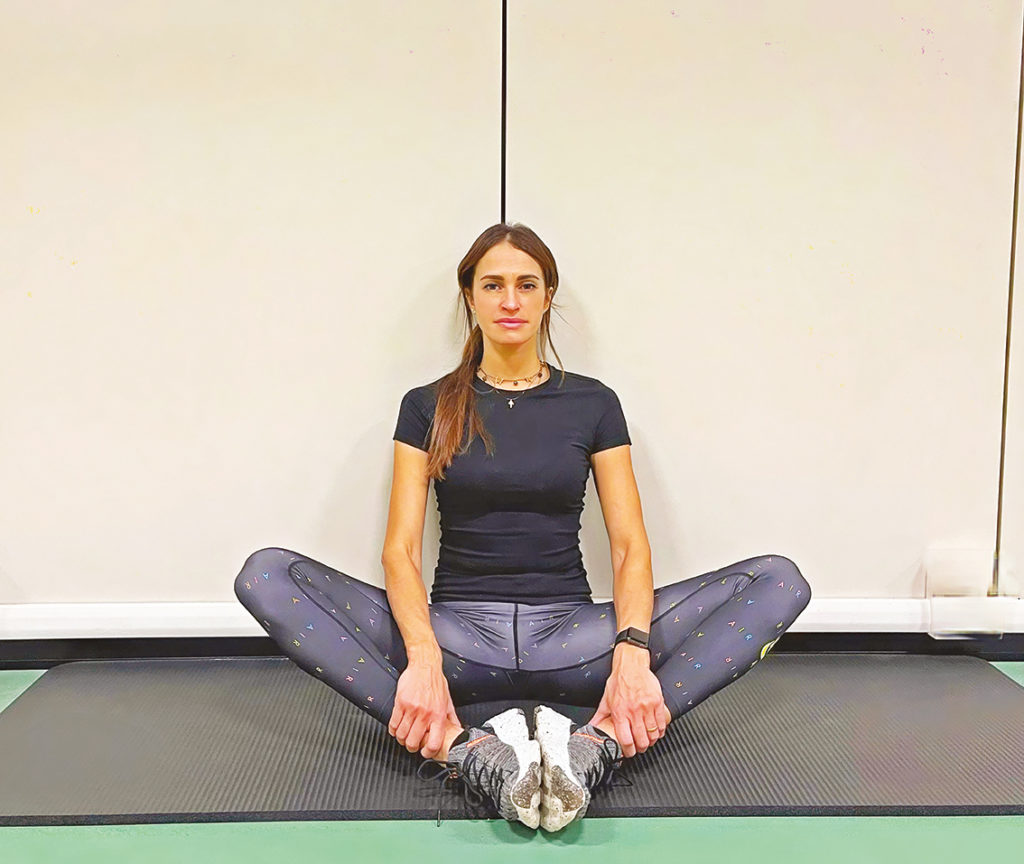
The seated butterfly pose
This exercise is used to lengthen the adductors and maintain their elasticity. Exercise: sit with your back leaning against the wall, bring the soles of your feet together, look straight ahead and try to bring your heels as close to your pubic region as possible with your knees close to the fl oor without ever forcing the position. Try not to lose adherence at the 3 points (nape of the neck, shoulder blades, iliac crests) to help the adductors reach their maximum extension. Hold the position for 30 seconds, extend the legs and repeat for 2 minutes.
Drawing circles
The peculiarity of this exercise is that it allows the muscles to work ‘in an eccentric manner’ thereby favouring muscular contraction when lengthening them and must therefore be done in a slow and controlled manner.
The exercise: it is necessary to use elastics and have somewhere to anchor them (for example a bench or a railing), fix them to one’s ankles or feet and lie flat on one’s back. The starting position is with both legs held up vertically, the back in a correct position and the pelvis stable. Then draw circles as widely as possible and extending the legs to then return to the starting point. This exercise should be repeated 20 times.
One sided suspension
This exercise is used to strengthen the adductors muscles and useful for training the oblique abdominal muscles and the body’s stability. Starting position: lean your forearm on the ground with the arm perpendicular to the floor and your foot at a higher level on a bench, then lift the pelvis until the back is parallel to the floor.
Starting position: lean your forearm on the ground with the arm perpendicular to the floor and your foot at a higher level on a bench, then lift the pelvis until the back is parallel to the floor.
Exercise: move up and down with the lower leg trying to keep your back stable and avoid lowering your upper body. Repeat the exercise 10 times and then change sides.

